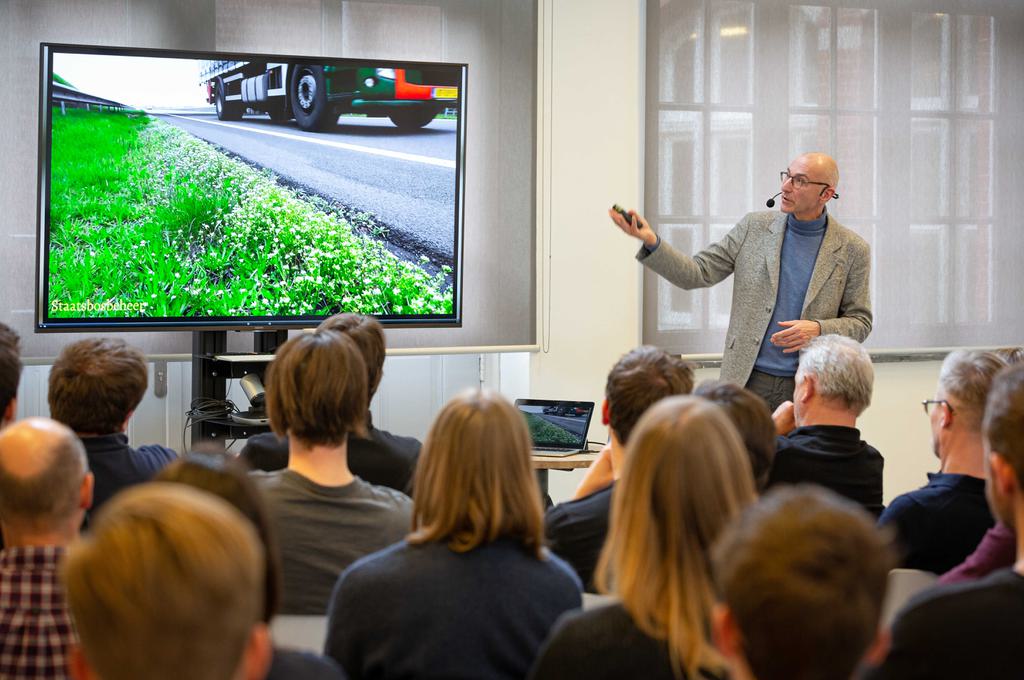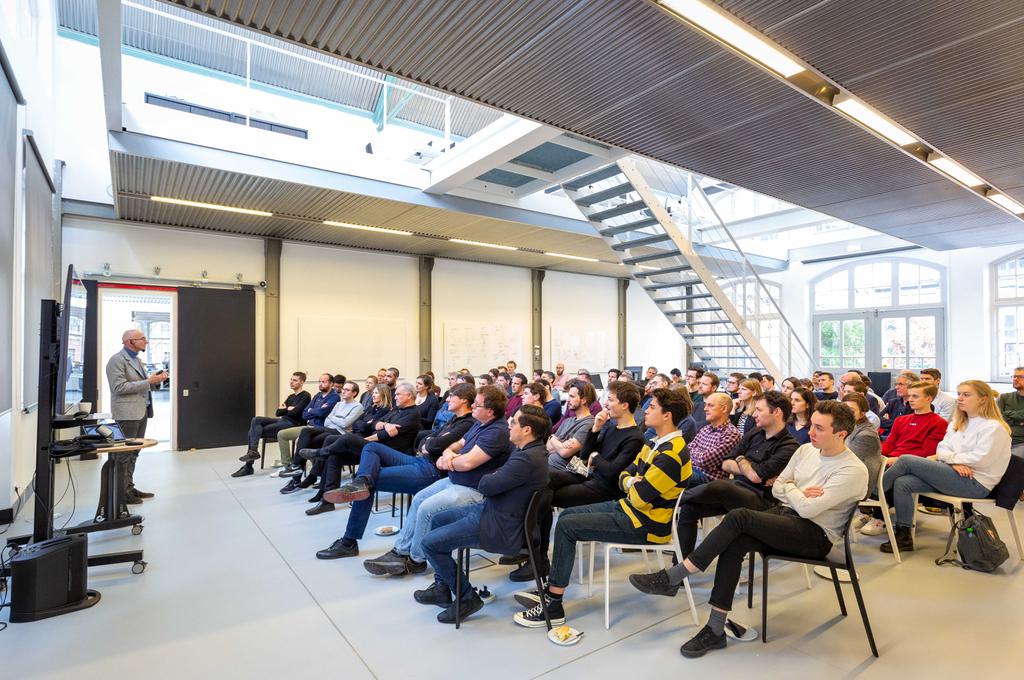"What do ants have in common with us humans?" Asks evolution biologist Menno Schilthuizen in his lecture at cepezed last Monday. He himself gives the answer: “Like human beings they are ecosystem engineers. They build their ant heaps that function as complete cities. With residents who each have their own specific task. That's also how we do it in our built environment. Only ants have been doing it for millions of years and people only a few thousand."
darwin in the city
Menno Schilthuizen is a researcher at Naturalis in Leiden and professor of Characteristic Evolution and Biodiversity at Leiden University. He has published numerous articles and eight books on (evolutionary) biology. cepezed invited him to talk about his work and in particular about his latest book, Darwin comes to Town. That appeared in 2018 and is sold in more than ten languages worldwide. Schilthuizen explains how the unexpectedly rich flora and fauna in our busy cities always surprisingly adapt to new and changing conditions.
dot moth caterpillar
The white-footed mice in Manhattan's Central Park, for example, can withstand the greasiness of the abandoned fast food residues on which they live. And contrary to its national counterpart, the urban dot moth caterpillar doesn’t become disoriented by light pollution from, for example, streetlamps. There are also dune plants that have greatly expanded their habitat along motorways, where road salt causes a saline environment in the roadsides. These are only a few examples that appeared in Schilthuizen's colourful presentation. The city might be full of risks for nature, but also full of opportunities.
adaptive capacity
At the same time, Schilthuizen emphasizes that the adaptive capacity of nature cannot be a license to build without taking animals and plants into account. Because although some species survive in the harsh urban environment or even spin on it, there are many that do not survive and are in danger of dying out in the almost unstoppable urbanization.
create space for nature
Finally, the lesson that Menno Schilthuizen teaches is that by designing cities we must create situations in which nature can take root and develop. And not in the form of raked green squares, but by applying, for example, semi-open paving where plant seeds end up. Or niches in buildings for insects, lizards and birds. They give space to evolution in the urban realm and in addition create a more interesting and beautiful environment for people.
cepezed is inspired
The lecture was part of the cepezed lunch lectures in which experts from inside and outside the architectural field inspire our employees on a variety of topics, ranging from specific building products to methodologies in the building process and from sustainable building in wood to circular business models. With his enthusiastic lecture, Professor Schilthuizen broadened our view from a completely different field. We thank him again for that.
lecture nature inclusivity by menno schilthuizen

